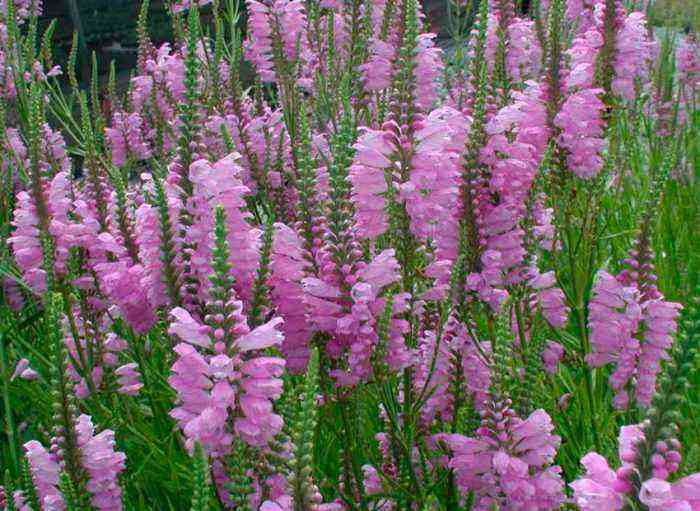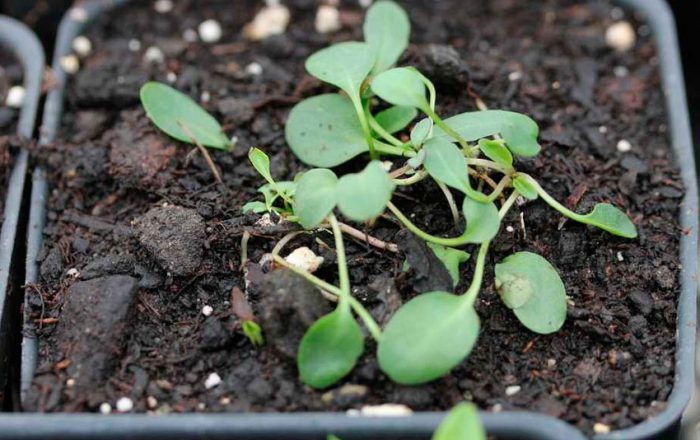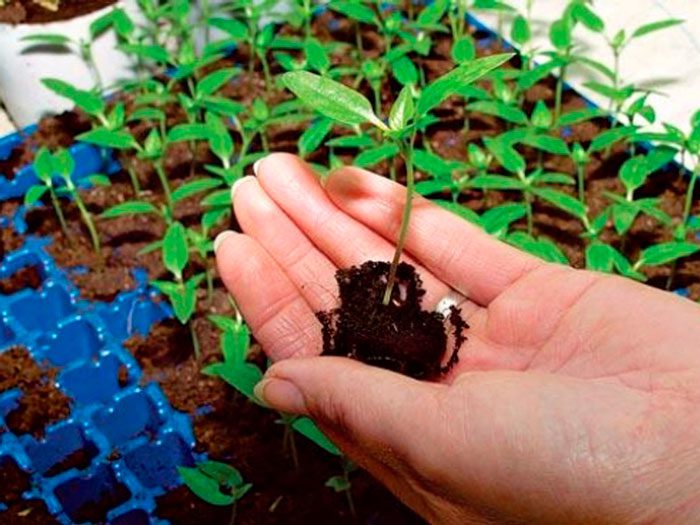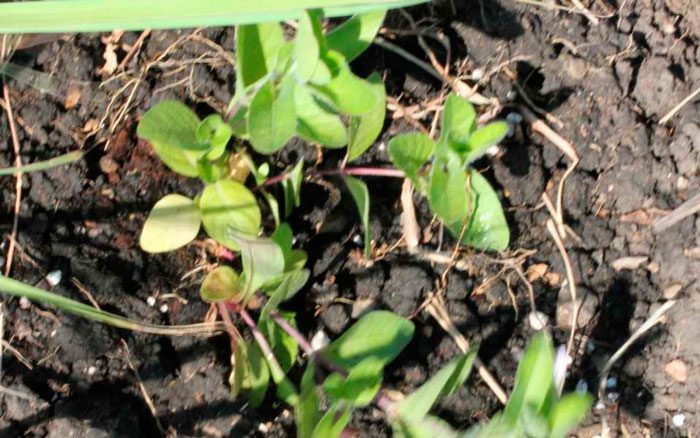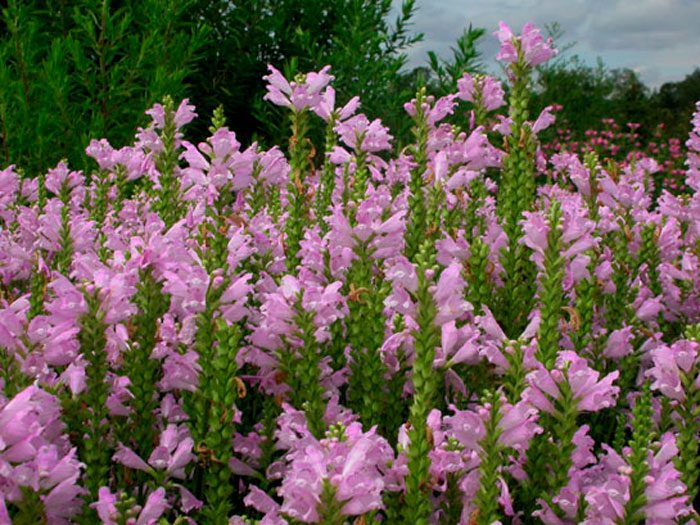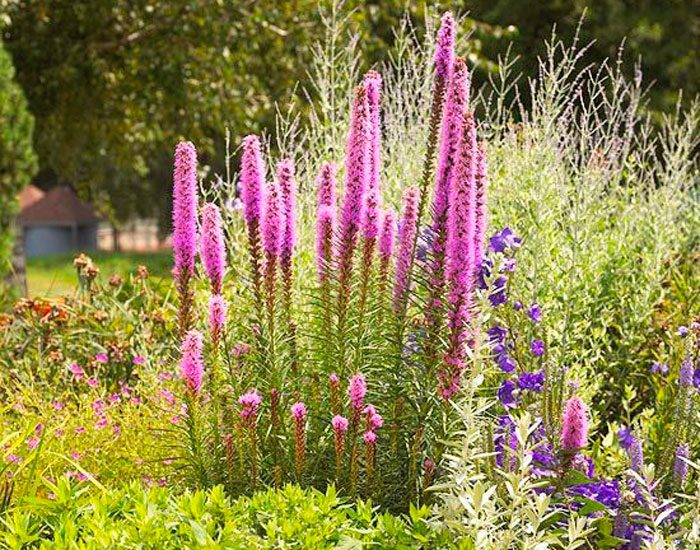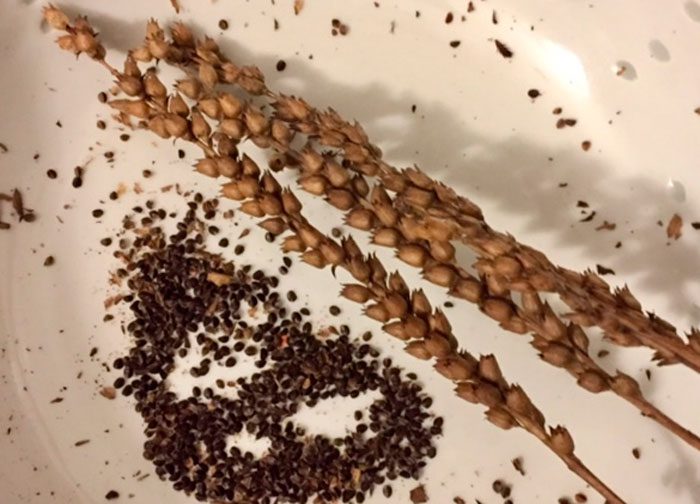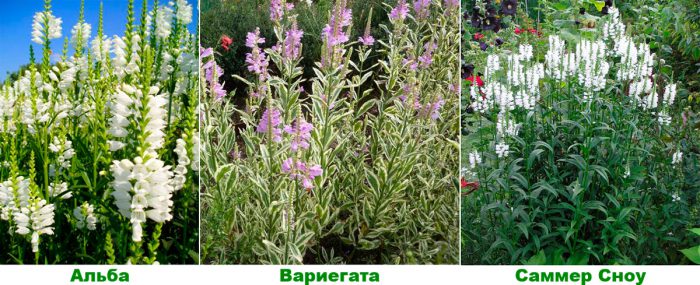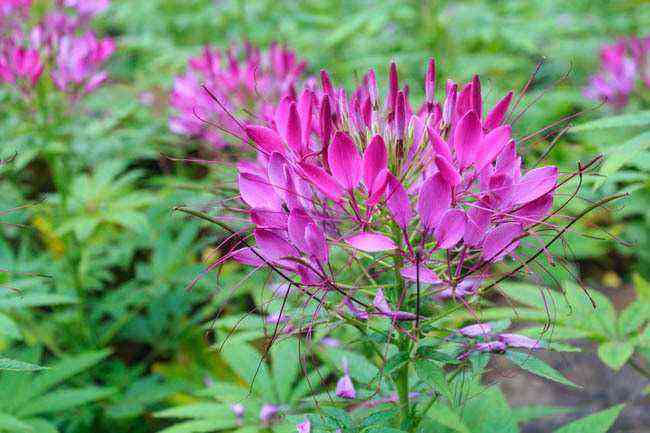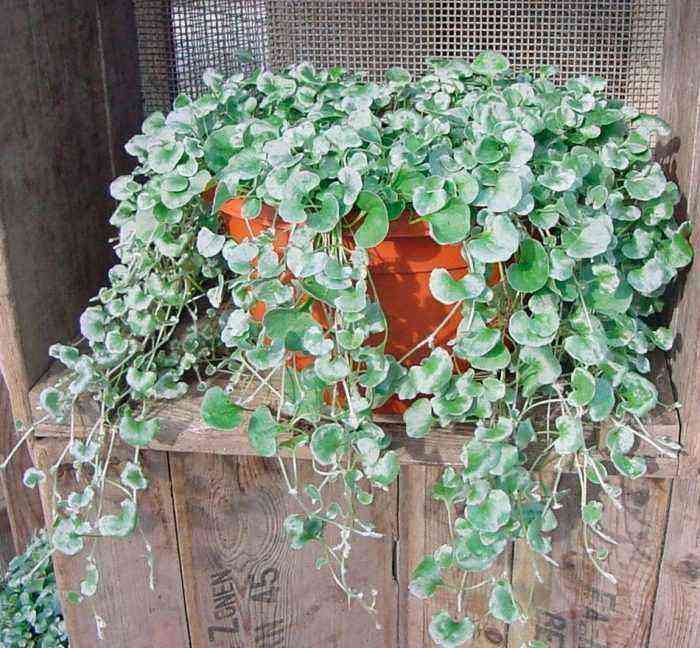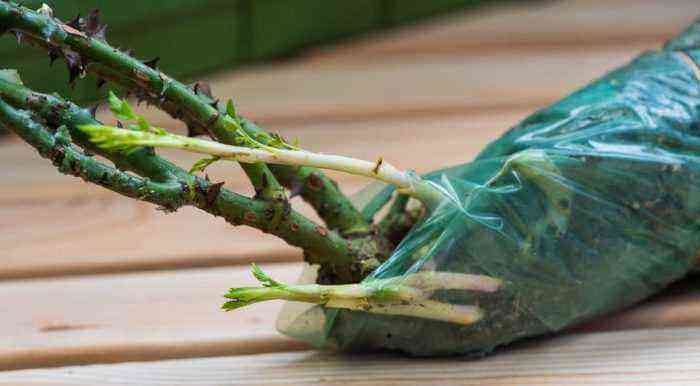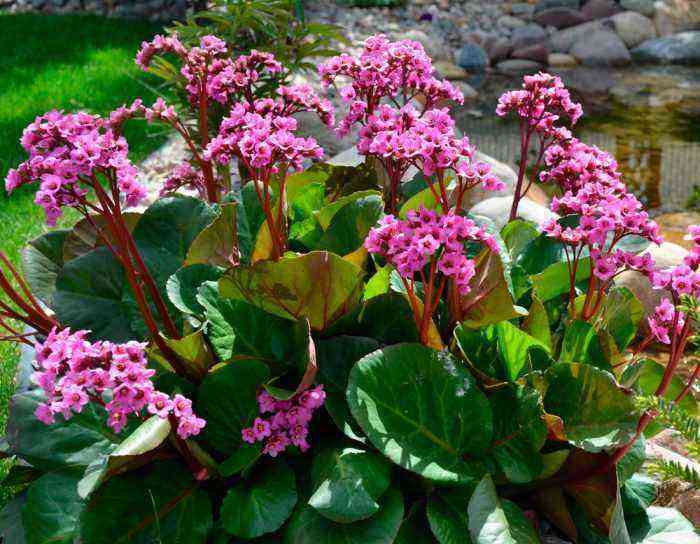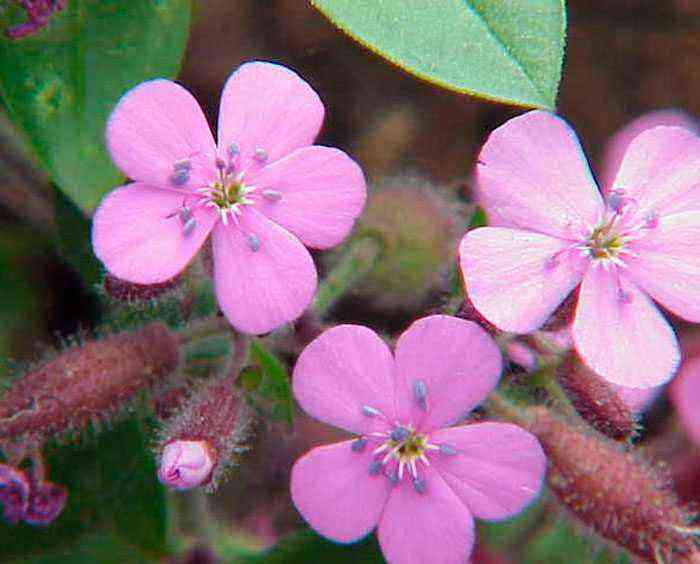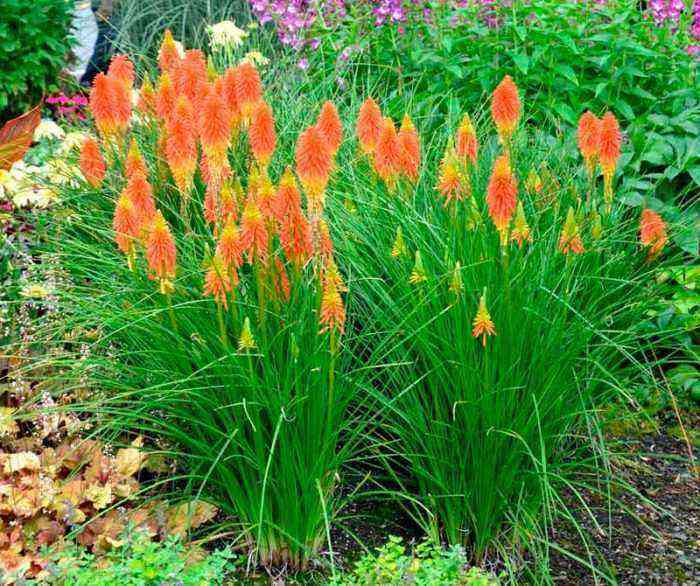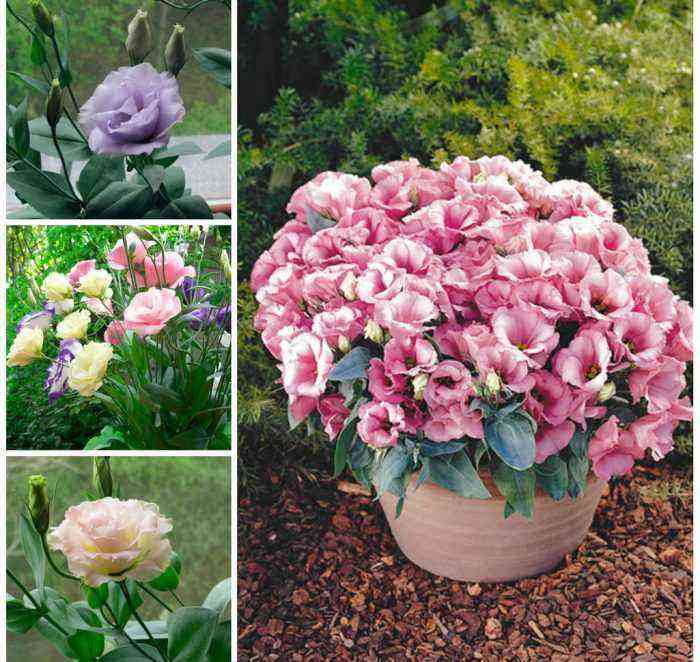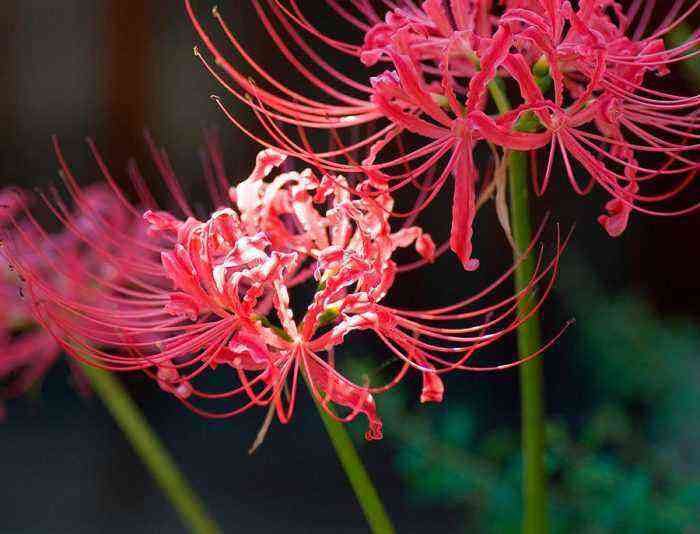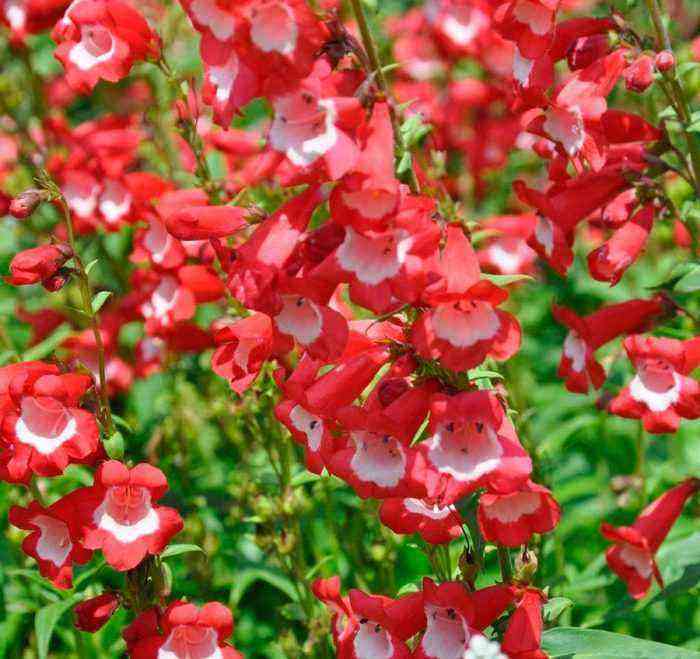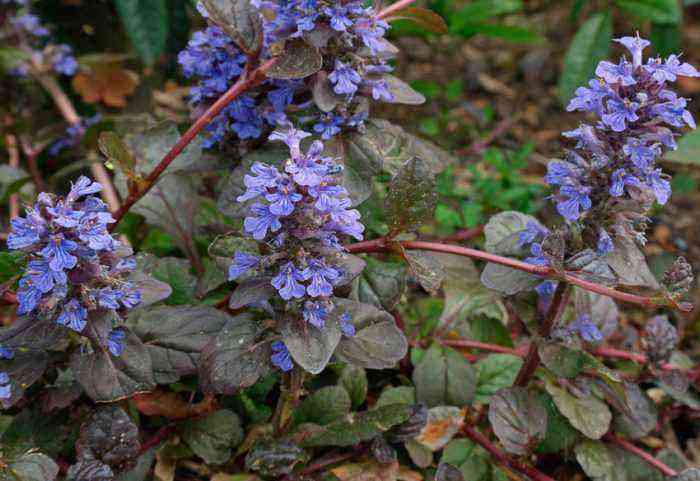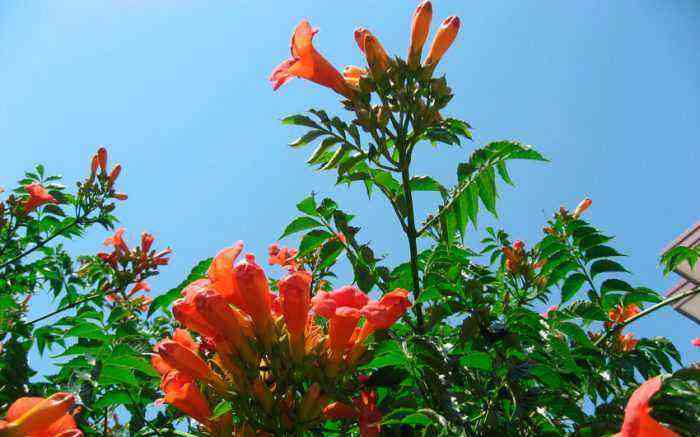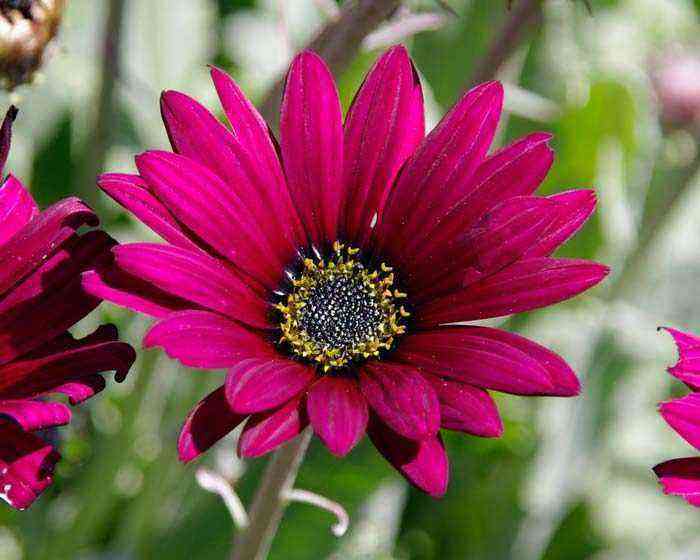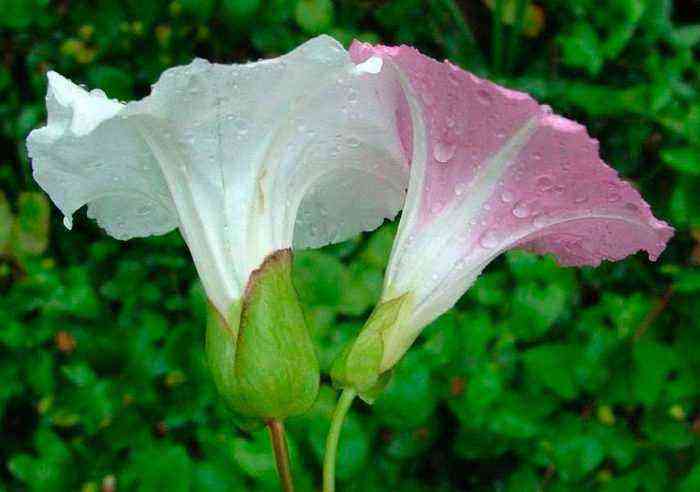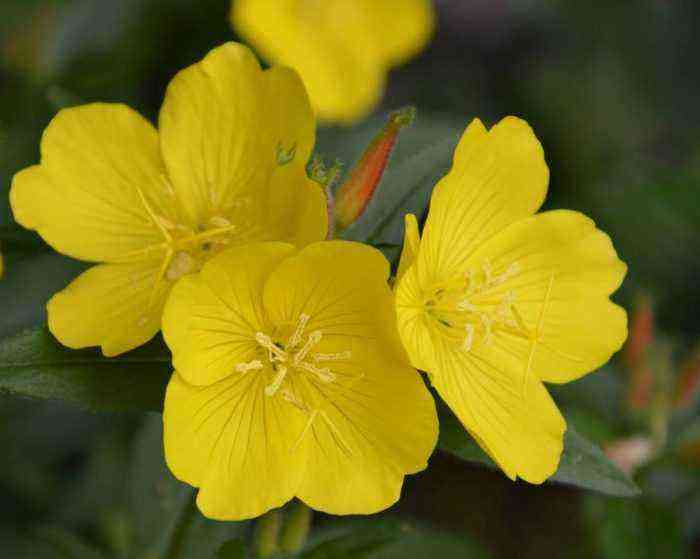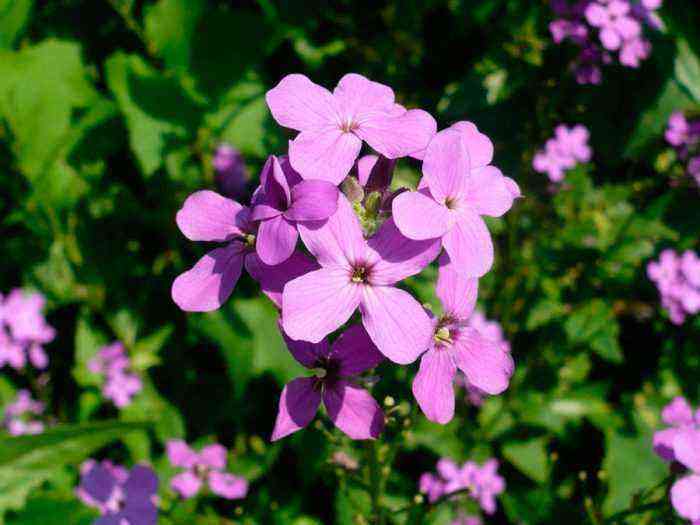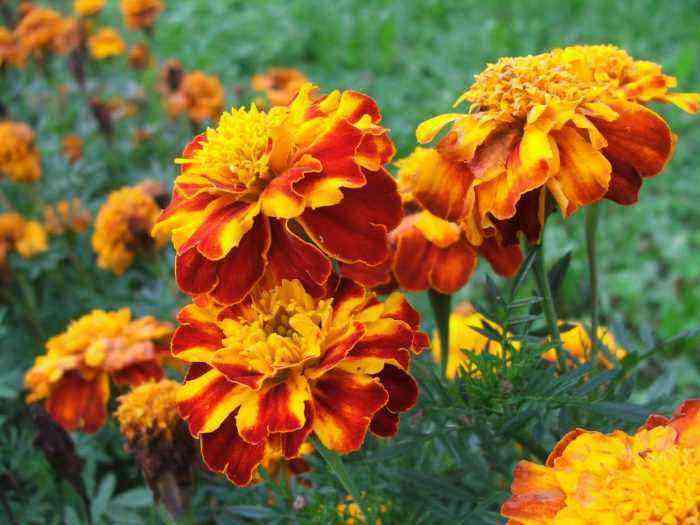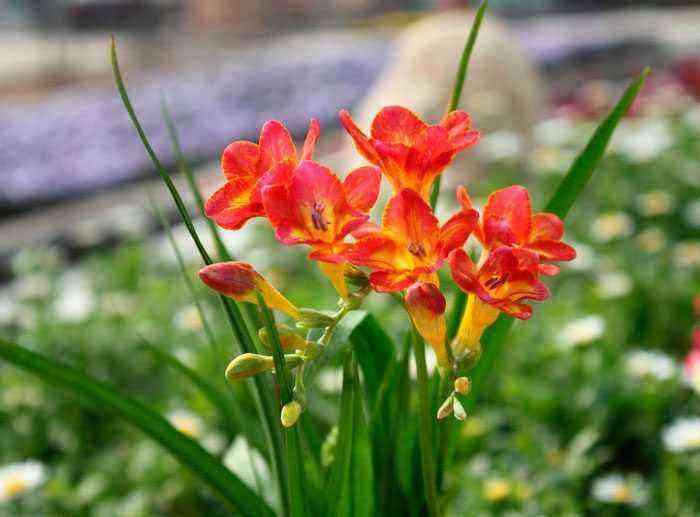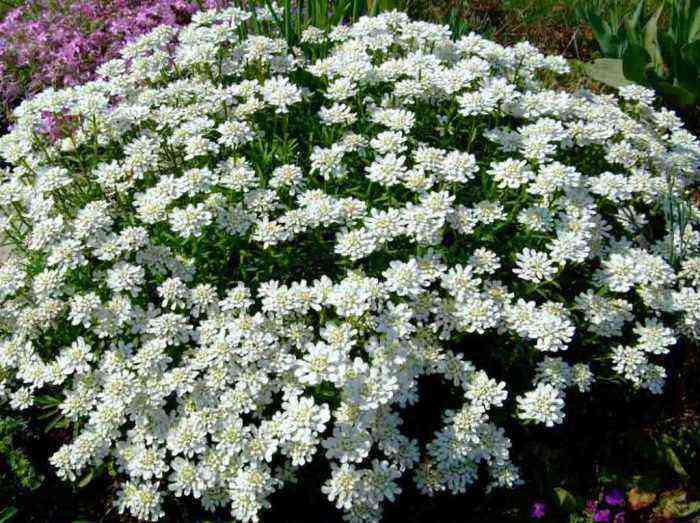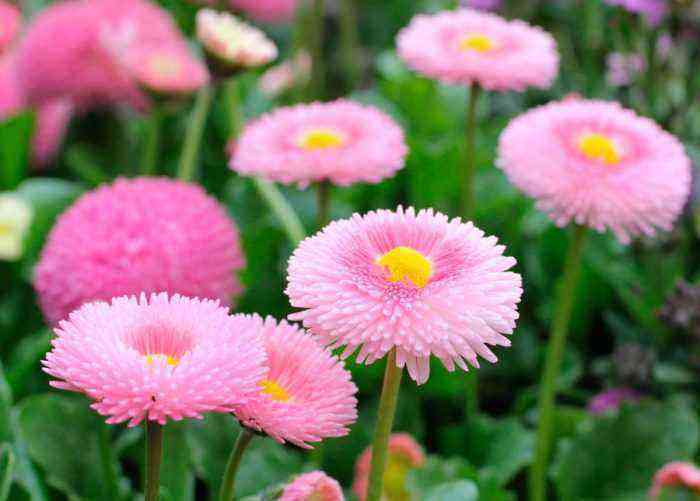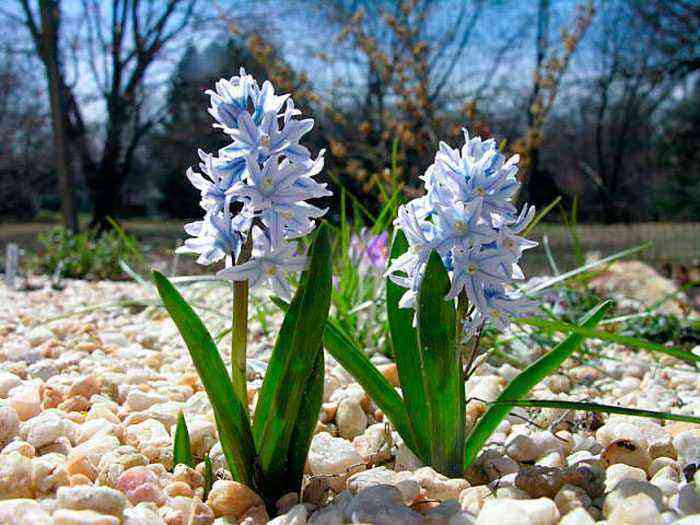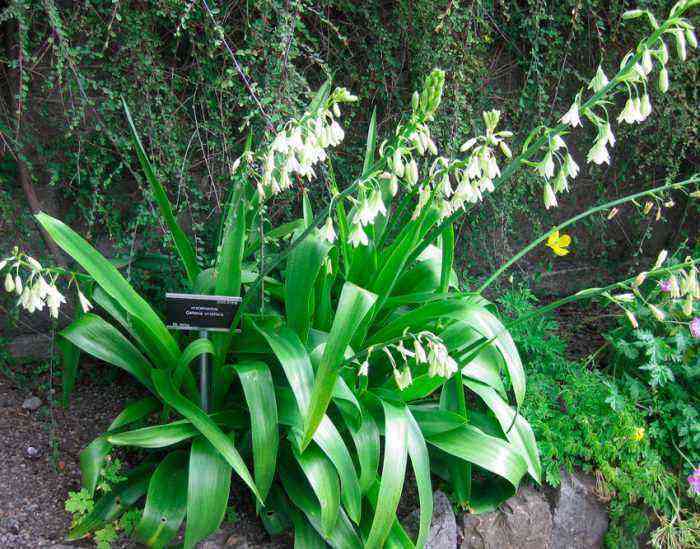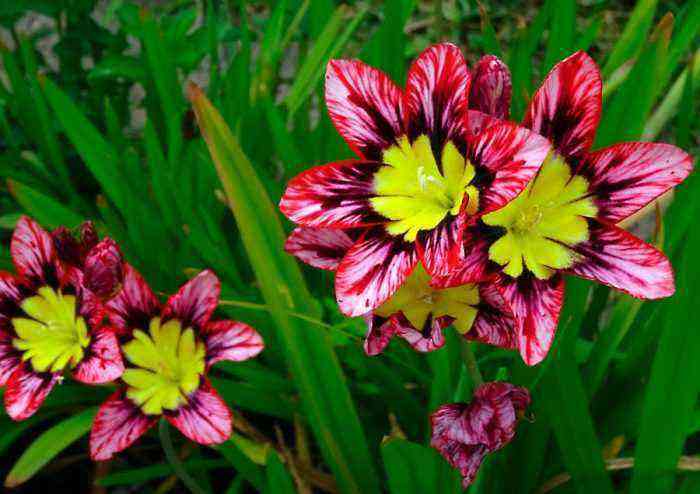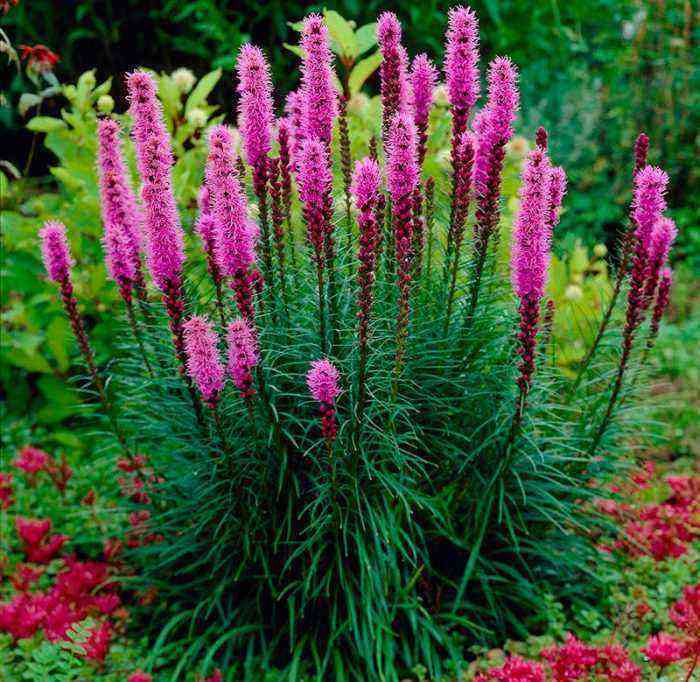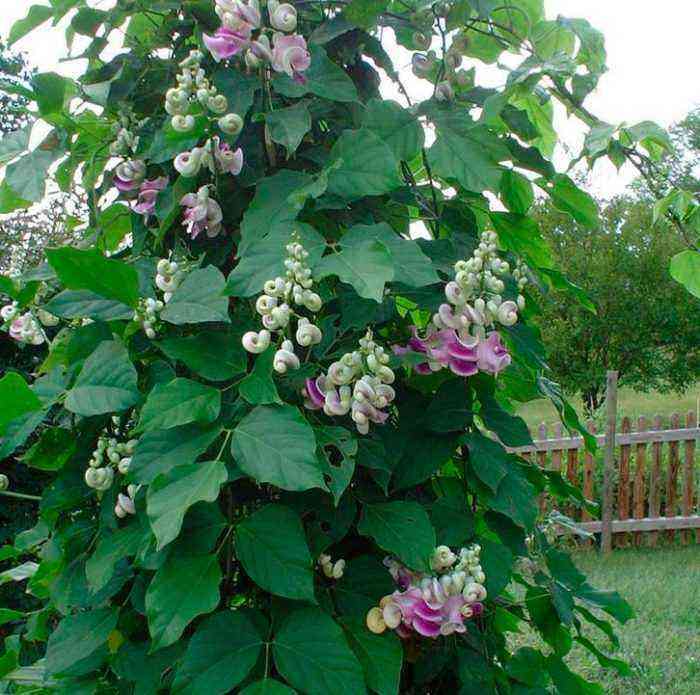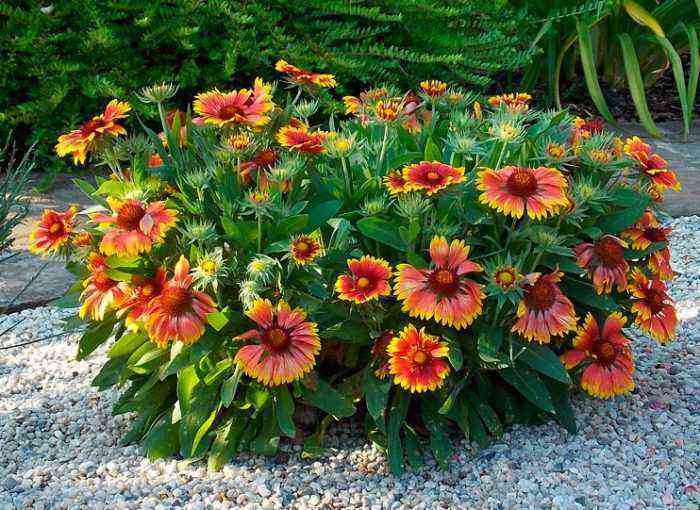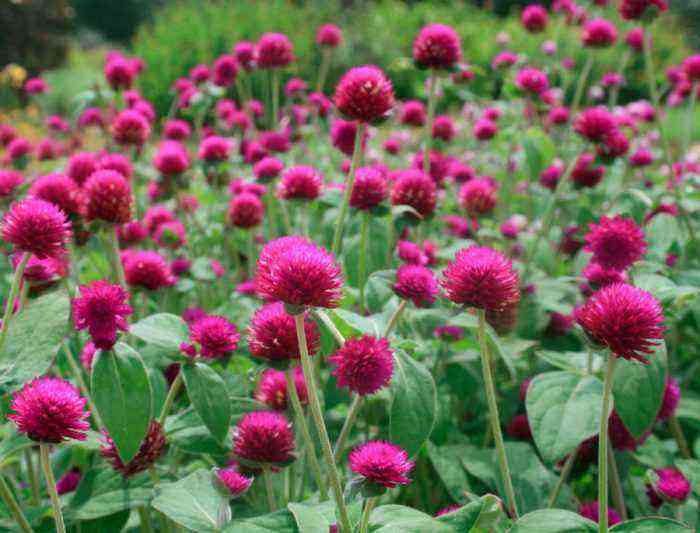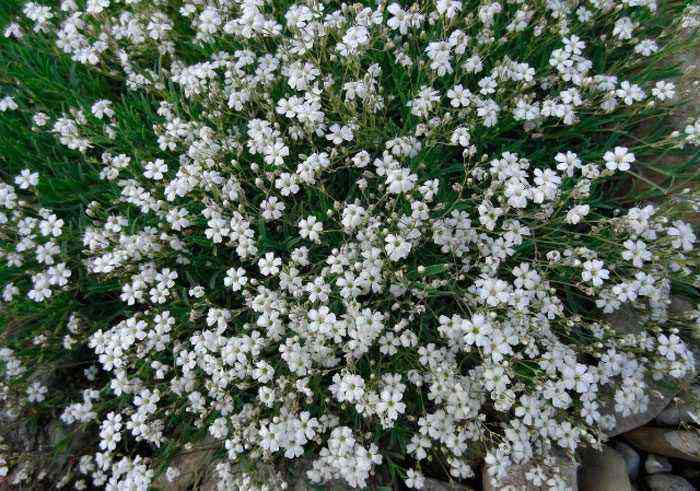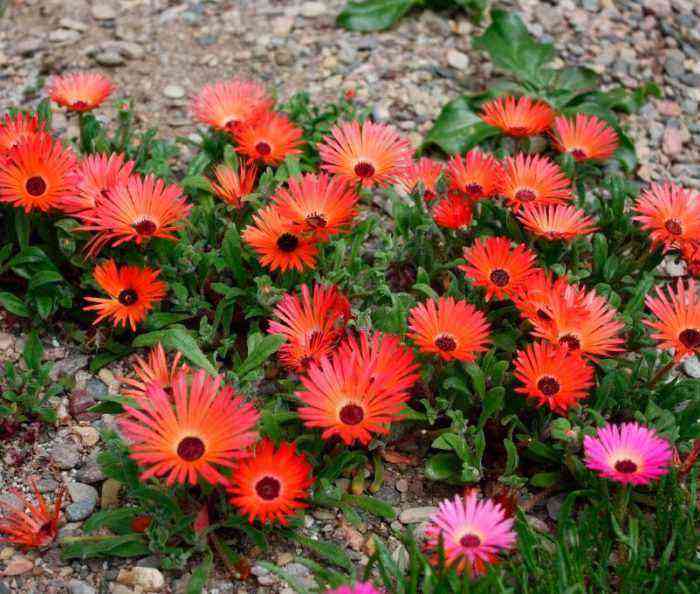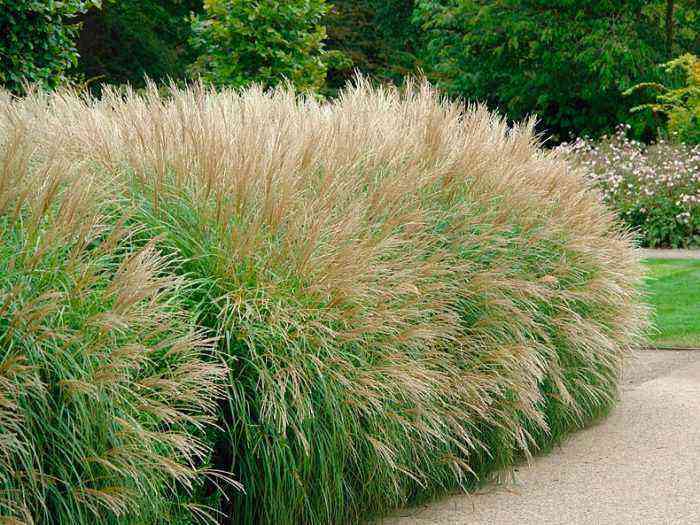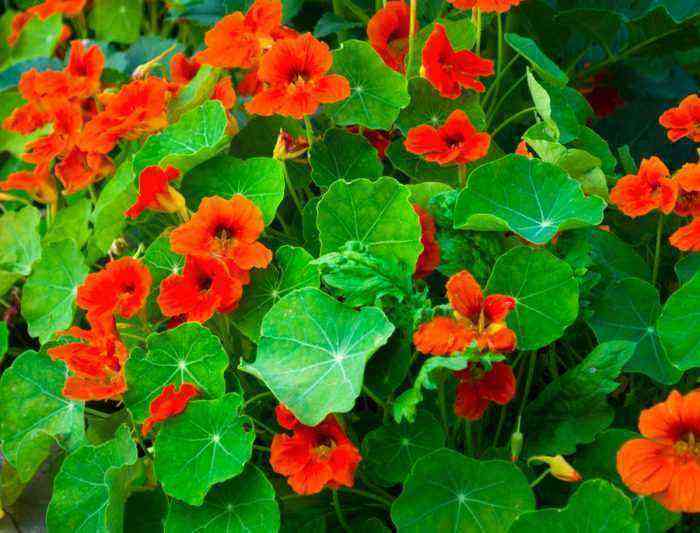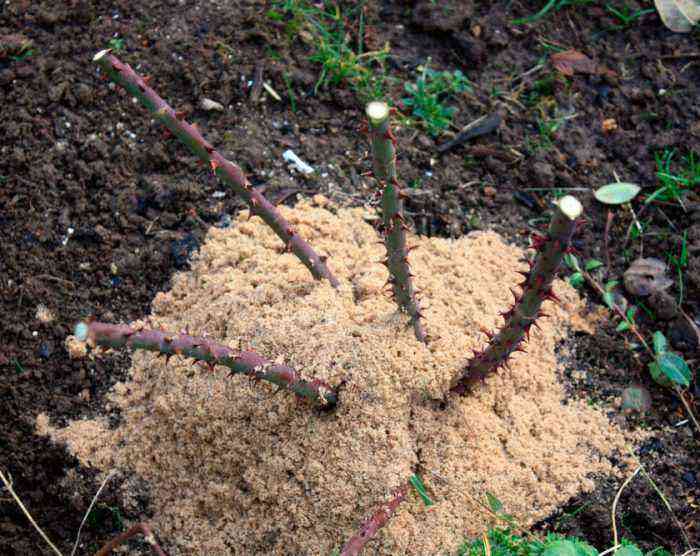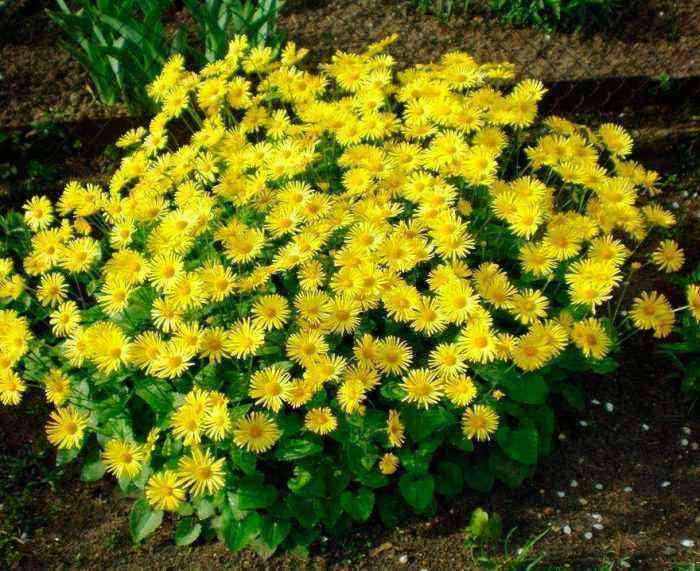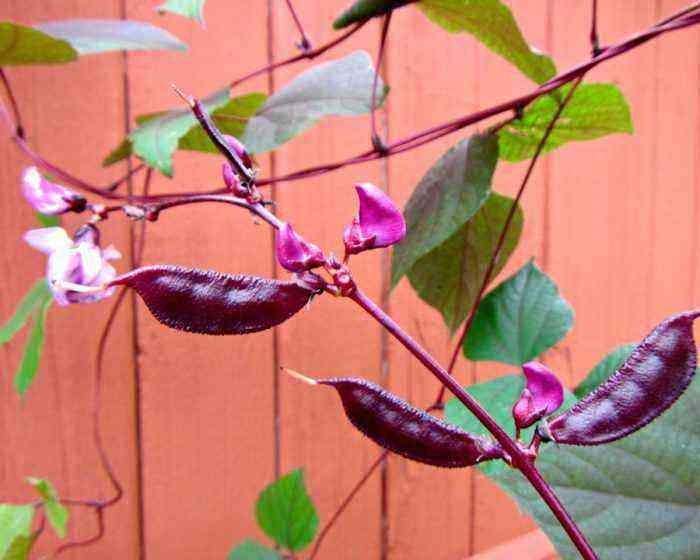A herbaceous perennial plant physostegia (Physostegia) is a member of the family Labiatae or Clarice. According to information taken from various sources, this genus unites 3–12 species. Such plants can be found in the wild in North America. The name physostegia comes from 2 Greek words that translate as “bubble” and “cover”, which is associated with the calyx of the flower, which has a swollen shape. Because of this feature of the plant, it is also called “false snakehead”. Only one species is cultivated by gardeners – virginian physicalostegia.
Features of physostegia
Such a not very noticeable perennial plant as physostegia is capable of forming rather dense clumps. The height of the tetrahedral strong erect stems can vary from 0,6 to 1,2 m. The growing creeping rhizome of such a flower is aggressive. Sedentary, opposite or paired leaf plates of lanceolate or oblong shape have a serrated edge. The length of the spike-shaped inflorescences is about 0,3 m, they consist of two-lipped tubular flowers, which, as a rule, are bisexual, but also unisexual. The color of the flowers is white, purple, pink or lilac. The smell emanating from them helps to attract bees to the garden. The plant blooms in the middle of the summer period, and only fades in September. The fruit is a small nut.
As a rule, physostegia in the garden is planted in not very large groups near the paths. Often, this plant is grown along the perimeter of the garden along the fences, it is framed by ponds or fountains, and is also grown in mixborders. Such a flower is recommended to be planted together with echinacea, thuja, juniper, phlox, dahlias and dwarf spruce. Everyone can plant and grow physical fitness.
Growing physostegy from seeds
Sowing
Physostegia seeds are highly germinating. As a rule, they are sown in open soil immediately after harvest. Such a flower is able to reproduce independently by self-seeding. With a strong desire, it is quite possible to grow physicalostegia through seedlings, especially if you want to get a new variety. Sowing seeds for seedlings is carried out in March. Crops should be transferred to the greenhouse.
Growing seedlings
The first seedlings can be seen 14 days after sowing. You need to care for the seedlings of such a flower in the same way as for the seedlings of almost any other garden plant. Watering is carried out only after the top layer of the substrate dries out. In the event that a crust appears on the surface of the soil mixture, it will need to be carefully loosened. Seedlings must be protected from drafts and direct sunlight.
Picks
When the seedlings have a second true leaf plate, they will need to be picked. The distance between the unpicked plants should be from 7 to 10 centimeters. Half a month before the scheduled day of planting plants in open soil, you should start hardening them. To do this, the seedlings must be transferred to the street every day, gradually increasing the duration of their stay in the fresh air until they fully adapt to the new conditions.
Planting physostegia in open ground
What time to plant
Physostegy seedlings are transplanted into open soil in the last days of May or the first in June. Such a flower is rather unpretentious to growing conditions. In this regard, for planting it, you can choose both a well-lit and a shaded area. The soil should be moist, loose and saturated with humus. It is also important that it can retain water well. Loamy, sandy loam soil or black soil is ideal.
How to properly land
A distance of 25-30 centimeters should be kept between the plants. Physostegia has a rapidly growing rhizome, which is capable of displacing other flowers from the site. To avoid this, a restrictive system must be made when landing. So, plants can be planted in open soil in a container, which will limit the growth of their rhizomes, for example, you can use a piece of an old pipe or a bucket without a bottom. In this case, the container must be dug in so that from its upper edge to the surface of the site there is a layer of soil 20–50 mm thick. Also, very often, a fence made of metal, slate, plastic or wood is dug in along the perimeter of the flower bed, while the sheets need to be buried into the soil by 0,3–0,4 m.
Physiostegy care in the garden
In order for the physostegia to grow and develop normally, it must be systematically watered, after this procedure, the soil is compulsorily loosened together with the removal of weeds. The site must be covered with a layer of mulch, provide the plant with timely feeding, as well as protection from pests and diseases and preparation for wintering.
This flower is quite hygrophilous. In this regard, during the dry period, it must be watered in a timely manner. In the event that it rains systematically in the summer, then physical therapy can do without watering. It is necessary to remove weeds and loosen the soil surface after each rain or watering. In order to facilitate the care of physostegia, it is recommended to cover the surface of the area with a layer of mulch (humus or peat), in this case the number of weeding, loosening and watering will be significantly reduced.
If the soil is saturated with nutrients, then the subcortex of physostegy is arranged only 1 time per season and a water-soluble complex mineral fertilizer is used for this. Top dressing must be done together with watering. It is recommended to feed such a plant before flowering.
Reproduction of physostegia
This flower can be propagated not only by seeds, but also by a vegetative method, namely by dividing the rhizome or bush, layering, and also by cuttings. It is recommended to divide the bush in the spring (before the plant blooms) or at the end of the summer period (at the end of flowering). However, some gardeners divided the bush directly during flowering and the divisions took root very well, but in this case it is imperative to cut off all the inflorescences from the plant. Remove the bush from the soil and cut off the aerial part from it. Then it is divided into several parts. Plants should be planted in the same way as seedlings.
In the first summer weeks, you can try to propagate physostegia by cuttings. Cuttings are harvested before the plant blooms, while their length should be from 10 to 12 centimeters. Each cutting should have several pairs of buds. For rooting, they are planted in moistened sand, which is filled in a box or container. The container must be removed to a shaded place. The cuttings will hibernate in a cool room, and with the onset of the spring period they will need to be transplanted to a training bed. It will be possible to plant the cuttings in a permanent place only after another 1 year.
At a sufficient distance from the parent plant, layers with rosettes grow, while the oppression of flowers growing in the neighborhood does not occur. They should be dug up and transplanted into a shaded area. Before the layers are transplanted to a permanent place, they must be grown for 1 year.
In the autumn, the division of the rhizome is carried out. The separated white scraps are planted in a permanent place. They root very well, but it takes a little longer than rooting the cuttings. Remember that when fizostegia is multiplied by dividing a bush, rhizomes or layering, the soil near the plants should be constantly slightly damp, but not damp.
Transfer
In the second or third year of life, physostegy takes on the most spectacular appearance. Without a transplant, it can be grown for no longer than 5 years. Then the bushes are removed from the soil, divided and planted in new places. Physostegia should be transplanted and looked after during this period in the same way as during the initial planting. The transplanted plant needs abundant watering, and experienced gardeners also recommend immediately covering the surface of the site with a layer of mulch.
Diseases and pests
Such a plant has a very high resistance to diseases and pests. However, sometimes aphids can settle on the bush. To destroy such a harmful insect, the bushes should be sprayed with Biotlin, Antitlin, Aktellik or another insecticide designed to combat such pests.
If water stagnates systematically in the soil, then the plant may develop a fungal disease. In this case, it should be sprayed with a fungicide as soon as possible.
Physostegia after flowering
Seed collection
In the cups at the bottom of the bracts are large ribbed black seeds. In strong winds, they can fall on the site. Seed collection is carried out from the last days of August to early October. Then the seeds must be completely dried, for this they must be laid out in a well-ventilated room with low air humidity. Dry seeds can be stored.
How to prepare for wintering
In regions and countries with a mild climate and warm winters, for example, Moldova, Ukraine, the southern part of Russia, you do not need to cover the physical condition for the winter, since it has a relatively high frost resistance. However, if this plant is cultivated in a region with frosty winters, then it must be prepared for the winter period. First you need to cut the shoots of the bush to a height of 20 to 50 millimeters above the ground. After that, the site should be covered with a thick layer of sawdust, peat, dried foliage, if desired, the bushes can also be covered with spruce branches.
Types and varieties of physicalostegia with photos and names
As already mentioned at the beginning of the article, gardeners cultivate only 1 type of such a plant – virginian physicalostegia, as well as its various varieties and hybrids. You can find a detailed description of this type above. The most popular varieties and hybrids among gardeners:
- Alba… The bushes reach a height of 0,8 meters. The apical dense inflorescences consist of large white flowers.
- Variegata… This is a variegated form. The bushes can reach a height of about 0,9 meters, they have shoots that are especially resistant to lodging. A white border runs along the edge of the green leaf plates. The color of the flowers is deep pink.
- Summer Snow… Plant height is about 0,9 m. The color of the leaf plates is green. Snow-white flowers are part of spike-shaped inflorescences.
- Summer Spire… The bushes reach a height of about 0,9 m.The color of the flowers is deep pink, and the foliage is green.
- Vivid… The height of the bush does not exceed 0,6 m. The color of the flowers is light pink, and the foliage is green.
- Rose Bouquet… The height of the plant can reach up to 1,2 m. The flowers are painted in a rich lilac color, and the foliage is green.
- The Pink Queen… The height of the bush is about 0,7 m. Pink flowers are part of the spike-shaped inflorescences.
